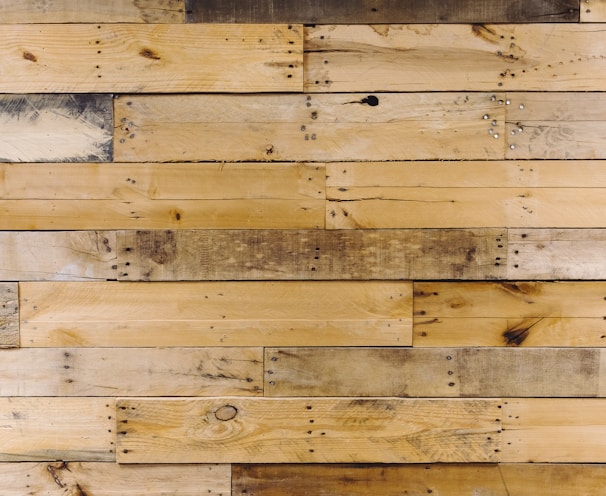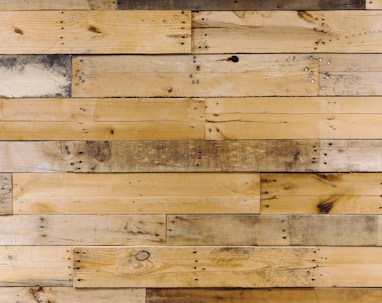Sustainable Solution
Repurpose and Reuse:
Salvaged Wood: Consider using reclaimed or salvaged wood for flooring, furniture, or accent walls. This gives new life to old materials and reduces the demand for new resources.
Architectural Salvage: Look for salvage yards or online marketplaces where you can find pre-owned fixtures, doors, and hardware that can be refurbished and used in your renovation.
**2. Choose Energy-Efficient Fixtures:
LED Lighting: Use LED bulbs which consume less energy, have a longer lifespan, and emit less heat compared to traditional incandescent bulbs.
Energy Star Appliances: Opt for Energy Star-rated appliances, which meet strict energy efficiency guidelines set by the U.S. Environmental Protection Agency.
Low-Flow Fixtures: Install low-flow faucets, showerheads, and toilets to reduce water consumption.
**3. Incorporate Sustainable Materials:
Bamboo Flooring: Bamboo is a fast-growing, renewable resource that makes an excellent alternative to traditional hardwood flooring.
Recycled Glass Countertops: These countertops are made from recycled glass chips and can be a beautiful and sustainable choice.
Cork Flooring: Cork is a renewable resource that is harvested from the bark of cork oak trees without harming the tree itself.
Recycled Metal Fixtures: Consider using fixtures made from recycled metals like stainless steel or aluminum.
**4. Energy-Efficient Insulation:
Upgrade insulation in walls, roofs, and floors. Consider eco-friendly options like recycled denim or sheep's wool insulation.
**5. Optimize Natural Light:
Maximize natural light by using large windows and skylights. This can reduce the need for artificial lighting during the day.
**6. Use Low VOC Paints and Finishes:
VOCs (Volatile Organic Compounds) are harmful chemicals found in many paints and finishes. Opt for low or zero VOC options, which are less harmful to both your health and the environment.
**7. Proper Waste Management:
Dispose of construction waste responsibly. Recycle materials like glass, metal, and wood, and properly dispose of hazardous materials.
**8. Consider Green Building Certifications:
Look into certifications like LEED (Leadership in Energy and Environmental Design) for guidance on sustainable building practices.
**9. Landscaping and Outdoor Spaces:
Use native plants and drought-tolerant landscaping to reduce water consumption. Consider permeable paving for driveways and walkways to allow rainwater to seep into the ground.
**10. Invest in Renewable Energy:
Consider incorporating solar panels or a small wind turbine if feasible for your location.
By incorporating these eco-friendly options and sustainable practices into your renovation, you not only contribute to a healthier planet but also create a more energy-efficient and cost-effective living space for yourself in the long run.


